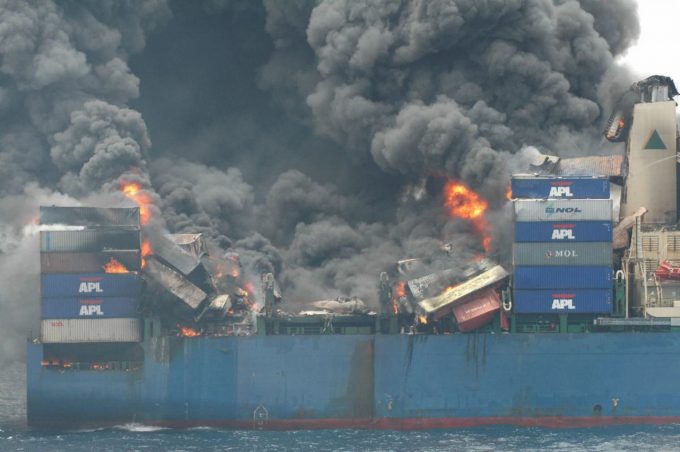Crew member dies as DHL aircraft crashes at Vilnius, raising security fears
Concerns over terrorism in Europe heightened this morning after an ageing 737-400F, operating on behalf ...

Maritime safety equipment manufacturer Survitec is raising the alarm about the unique challenges of battery fires, which are distinct and often poorly understood.
Thanks to their chemical makeup, lithium-ion (Li-Ion) batteries release oxygen when they heat up and, should they catch fire, it is impossible to ...

Comment on this article
Michael Greiner
June 14, 2022 at 7:53 pmThe answer to Lithium Ion Battery fire is F500 Encapsulator Agent conforming to NFPA 18A-Water Additive for Fire Control and Vapor Mitigation, Section 7.7 – Encapsulator Technology Spherical Micelle Stability Test. Take a look at NFPA 18A, Annex A.4.3. For information on F500 Encapsulator Agent
Grahame Higgs
June 15, 2022 at 7:20 amThe best suppression medium for Li-Ion Battery fires that I am aware of is the Encapsulator Agent category of extinguishing agents as defined in NFPA 18A 7.7.
Not only do they require considerably less water than described in the article, A genuine Encapsulator Agent will also neutralises the toxic smoke and off-gassing associated with these fires.
Li-Ion Battery fires are seriously fearsome only if you are un-prepared.
We refer a lot to www,hct-world.com it’s a good source of info on Encapsulator Agents.